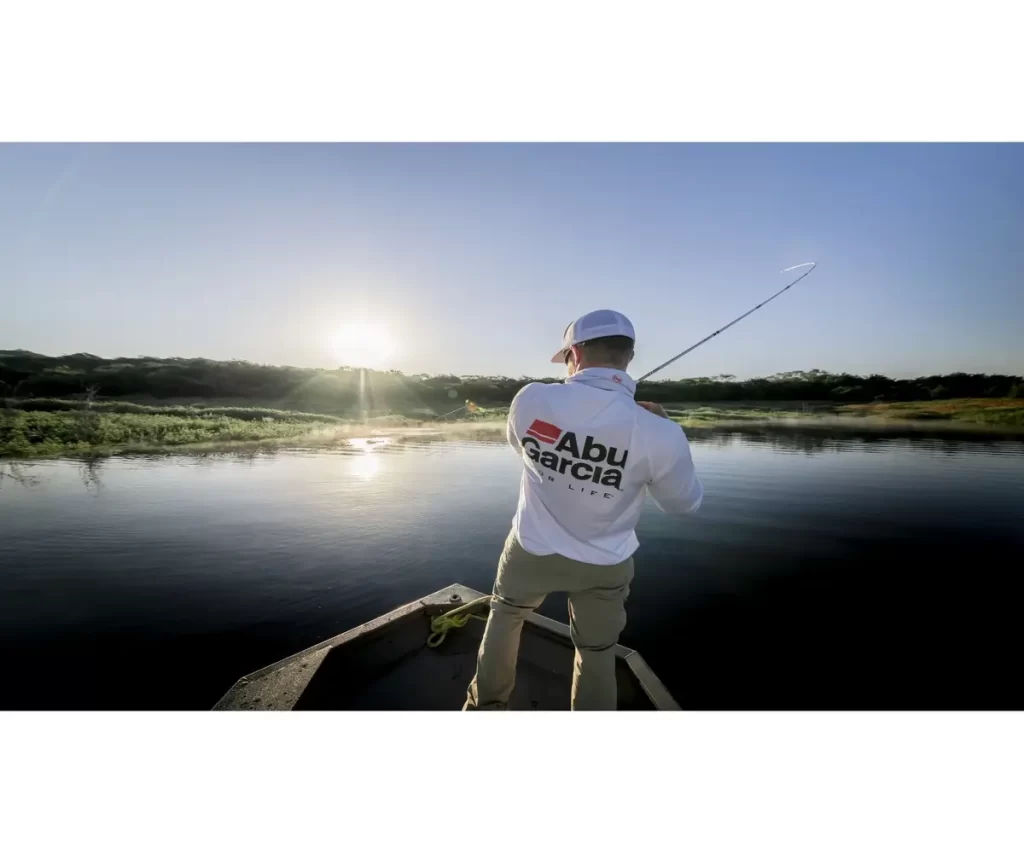
Learning How to Cast A Fishing Rod
Fishing is not just a hobby; it’s an art form that connects individuals with nature, providing a sense of tranquility and excitement. One of the fundamental skills every angler must master is casting a fishing rod. Whether you’re a beginner eager to learn the basics or an experienced angler looking to refine your technique, this comprehensive guide will take you through the step-by-step process of casting a fishing rod. From understanding the equipment to perfecting your casting technique, let’s delve into the intricacies of this essential skill.
Understanding Your Fishing Rod and Reel
Types of Fishing Rods
Before you can cast a fishing rod, it’s crucial to understand the different types available. Fishing rods come in various lengths and materials, each designed for specific fishing conditions. Explore the characteristics of:
- Spinning Rods: Ideal for beginners, spinning rods are versatile and easy to use.
- Baitcasting Rods: Offering greater accuracy and power, baitcasting rods are favored by experienced anglers.
- Fly Fishing Rods: Designed for fly fishing, these rods vary in length and action.
Choosing the Right Reel
Selecting the appropriate reel for your fishing style is equally important. Delve into the world of:
- Spinning Reels: Known for their simplicity and ease of use.
- Baitcasting Reels: Providing better control and accuracy.
- Fly Reels: Essential for fly fishing, these reels vary in design based on the type of fly line used.
Understanding Rod and Reel Terminology
Familiarize yourself with key terms such as:
- Rod Action: Refers to how much the rod bends during casting; options include fast, medium, and slow action.
- Reel Gear Ratio: Indicates how many times the spool turns with one full rotation of the reel handle.
- Line Capacity: Specifies the amount and type of fishing line a reel can hold.
Essential Fishing Tackle
Fishing Lines
Choosing the right fishing line is crucial for successful casting. Learn about the different types of fishing lines, including:
- Monofilament Line: Commonly used for its affordability and versatility.
- Braided Line: Known for its strength and durability.
- Fluorocarbon Line: Virtually invisible underwater, making it ideal for clear waters.
Hooks, Sinkers, and Bobbers
Understand the role of hooks, sinkers, and bobbers in your fishing setup:
- Hooks: Come in various sizes and styles for different types of bait and fish.
- Sinkers: Add weight to your line, helping your bait sink to the desired depth.
- Bobbers: Indicate when a fish is biting by floating on the water’s surface.
Bait and Lures
Explore the diverse world of fishing baits and lures, including:
- Live Bait: Utilizing real, live organisms to attract fish.
- Artificial Lures: Designed to mimic the appearance and movement of prey.
Mastering the Casting Technique
Setting Up Your Rod and Reel
Follow a step-by-step guide to properly set up your rod and reel, including:
- Attaching the Fishing Line: Learn the proper method of securing the line to the reel.
- Selecting and Tying the Knot: Explore essential fishing knots for securing hooks, lures, and more.
- Adjusting Reel Settings: Fine-tune your reel’s drag, brake, and tension settings for optimal performance.
Grip and Stance
Mastering the correct grip and stance is fundamental for effective casting. Explore:
- Casting Hand Grip: Understand the difference between the thumb-on-top and index-finger-on-top grips.
- Body Stance: Learn how to position your body for balance and power during casting.
Overhead Casting
The overhead cast is a fundamental technique for various fishing styles. Break down the process into steps:
- Starting Position: Position yourself and the rod correctly.
- Loading the Rod: Understand how to bend the rod for maximum casting power.
- Releasing the Line: Master the art of releasing the line for a smooth and accurate cast.
Sidearm Casting
Explore the sidearm casting technique for situations where overhead casting may be challenging:
- Benefits of Sidearm Casting: Understand when and why to use this technique.
- Proper Execution: Learn the key steps to execute a successful sidearm cast.
Roll Casting (Fly Fishing)
For fly fishing enthusiasts, mastering the roll cast is essential. Explore:
- Roll Casting Mechanics: Understand how to perform a roll cast for precise fly placement.
- Common Mistakes and Troubleshooting: Identify and correct common errors in roll casting.
Advanced Casting Techniques
Pitching and Flipping
Dive into advanced casting techniques such as pitching and flipping:
- Pitching: A technique for precise and quiet bait placement.
- Flipping: Ideal for placing bait in tight spaces with minimal disturbance.
Skipping
Learn the art of skipping lures across the water’s surface to entice elusive fish:
- Choosing the Right Lure: Select lures suitable for skipping.
- Technique: Master the skill of skipping with accuracy.
Long-Distance Casting
Explore tips and techniques for achieving longer casting distances:
- Selecting the Right Rod and Reel Combo: Optimize your equipment for distance casting.
- Casting Mechanics: Fine-tune your casting technique for increased distance.
Troubleshooting and Common Mistakes
Backlash (Bird’s Nest)
Understand the causes of backlash and how to prevent and resolve this common issue:
- Adjusting Reel Tension: Find the right balance to prevent overruns.
- Correcting Backlash: Step-by-step guide to untangling a bird’s nest.
Accuracy Issues
Explore common casting accuracy problems and their solutions:
- Practicing Target Casting: Improve your accuracy through targeted practice.
- Fine-Tuning Reel Settings: Adjusting your reel for optimal accuracy.
Casting a fishing rod is an art that combines skill, knowledge, and practice. Whether you’re a novice angler or a seasoned pro, mastering the nuances of casting will significantly enhance your fishing experience. By understanding your equipment, perfecting your technique, and troubleshooting common issues, you’ll be well on your way to becoming a proficient angler. So, grab your gear, head to the water, and enjoy the therapeutic and exhilarating world of fishing!